Is your car driving at its absolute best? If you’re nodding, have a think about when you last checked or replaced some of the components that, over time, can slowly deteriorate, chipping away at the car’s handling, ride, or engine performance, without you really noticing. Now, are you sure the car is driving as it should?
Even the most sensitive and attuned drivers will struggle to tell when their car is slipping out of tune, just like you aren’t really conscious of your hair or fingernails growing until they need a trim.

We’ve all felt the improvement of a new set of tyres, for instance – and as well as that, we’ve highlighted six other things you can change, with varying degrees of DIY-friendliness and expense, that should bring about an instant improvement in how your car drives.
Engine mounts
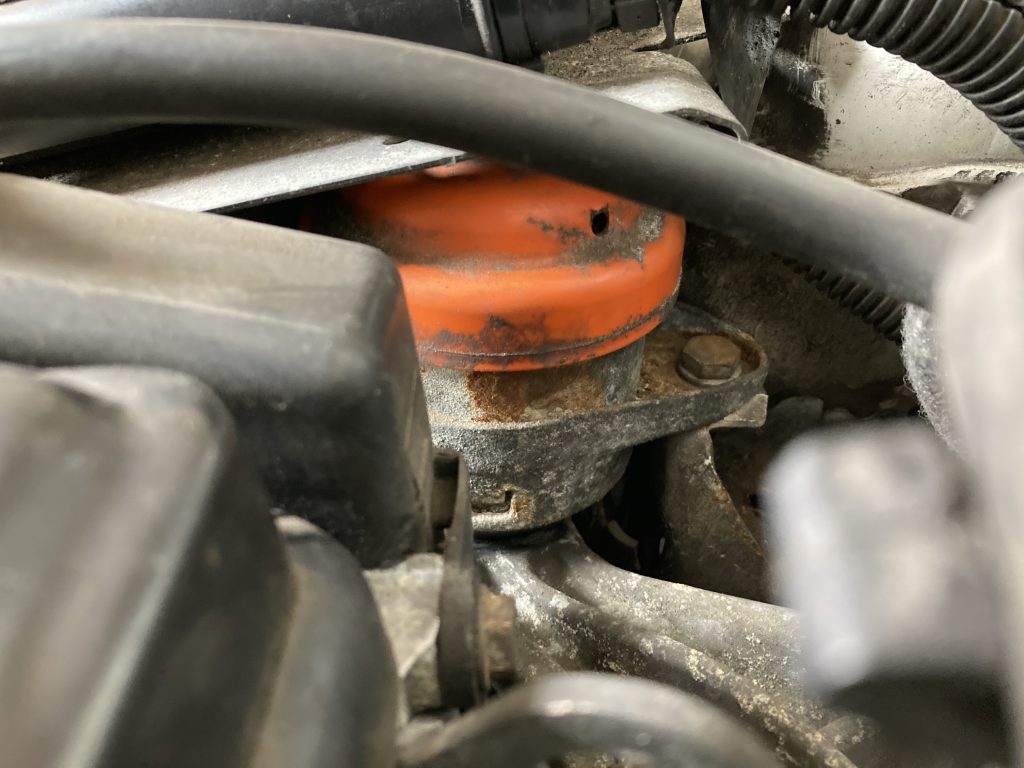
I’ll come clean, this whole list was inspired by having a couple of engine mounts replaced in my Peugeot 106 Rallye. The lower mount had cropped up on the MOT last year, and a few clonks and knocks suggested there was play in the others too.
But I didn’t realise quite how much the car’s behaviour was compromised by worn, old mounts until I had them replaced. Knocking noises have instantly halved, but the real improvement comes in the form of throttle and gearshift feel. Driveline shunt has almost disappeared, each movement of the throttle now moving the car rather than rocking the engine, and this, plus the gearbox being held more firmly, has also made shifts feel smoother and more precise than ever.
DIY-ability: Mounts are typically affordable, and while I had mine done along with some other work at a specialist, they can be simple to change at home too, depending on where each mount is located.
Dampers
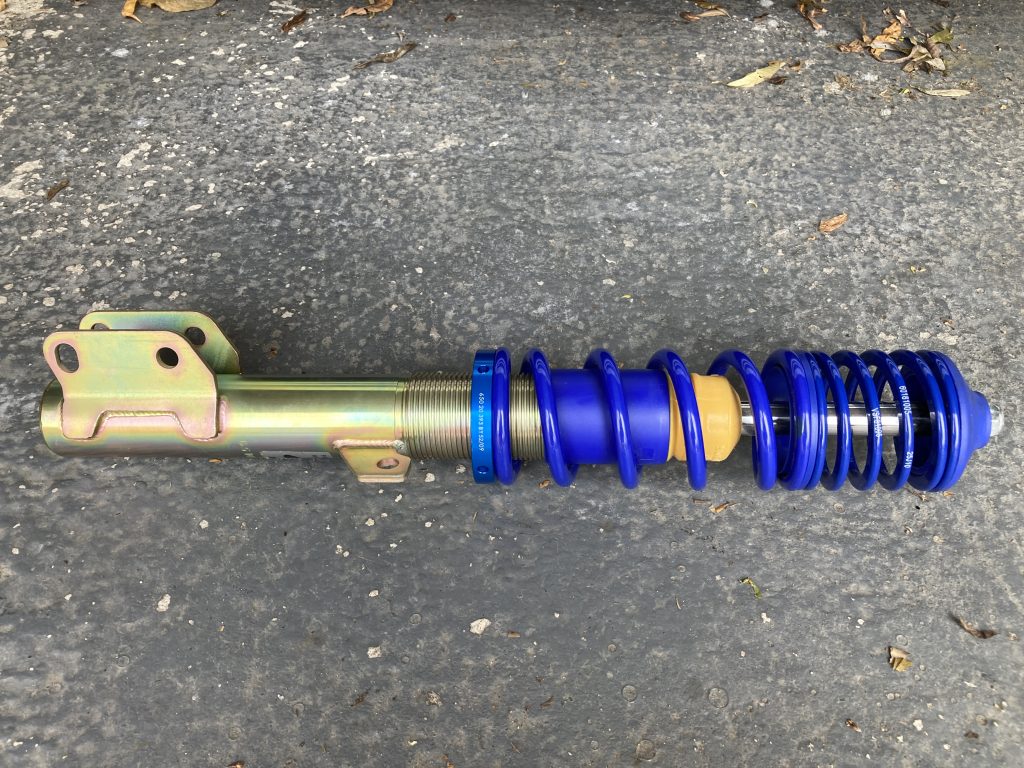
Another item that you don’t really appreciate until you sample a car with fresh components, a new set of dampers isn’t just beneficial for safety, but also for simple driving pleasure.
New dampers mean better control over the way a car’s wheels respond to both driver inputs, and to inputs coming from the other direction, such as cornering forces and bumps in the road. This benefits almost every dynamic attribute, from steering response to ride quality to braking effectiveness. New dampers really can make a car feel new again.
DIY-ability: OEM dampers can be quite cheap, so you may even be tempted to opt for quality aftermarket units, especially ones designed to work with original springs (if they’re in good condition, too). Dampers can be straightforward to change, though this does depend on your car’s suspension layout. Beware springs under compression, and always change in matched pairs on an axle.
Tyres and alignment
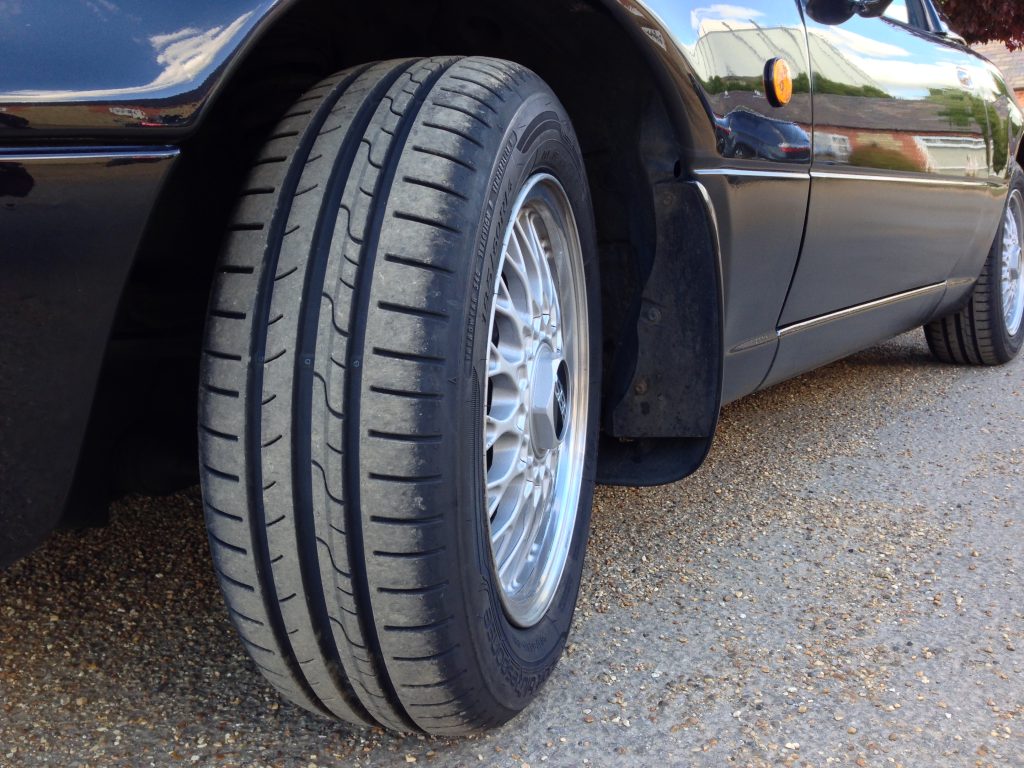
Another no-brainer, and once again a part of your car whose characteristics can deteriorate without you really noticing, and instantly make a car feel better when they’re changed.
Tyre-talk can sound a bit preachy, and we’ll assume you’re not rolling around on rubber that’s three decades old, cracked, bald, and mismatched on each axle. But new, quality rubber with good tread depth won’t just improve your grip wet or dry, but will often be quieter and provide a better ride too.
DIY-ability: Changing (and balancing) tyres tends to need specialised equipment (if you’re not a gung-ho, starter-fluid and cigarette lighter type, or have something with skinny, easily-malleable tyres) so this is probably one for your local tyre fitter. See what other owners of your car are running, always change in matched pairs, and prioritise putting new rubber on your driven axle, to the benefit of traction in the wet especially. And don’t forget an alignment afterwards, to ensure your new rubber is pointing in the right direction – to the benefit of both driving, and wear rates.
Bushes
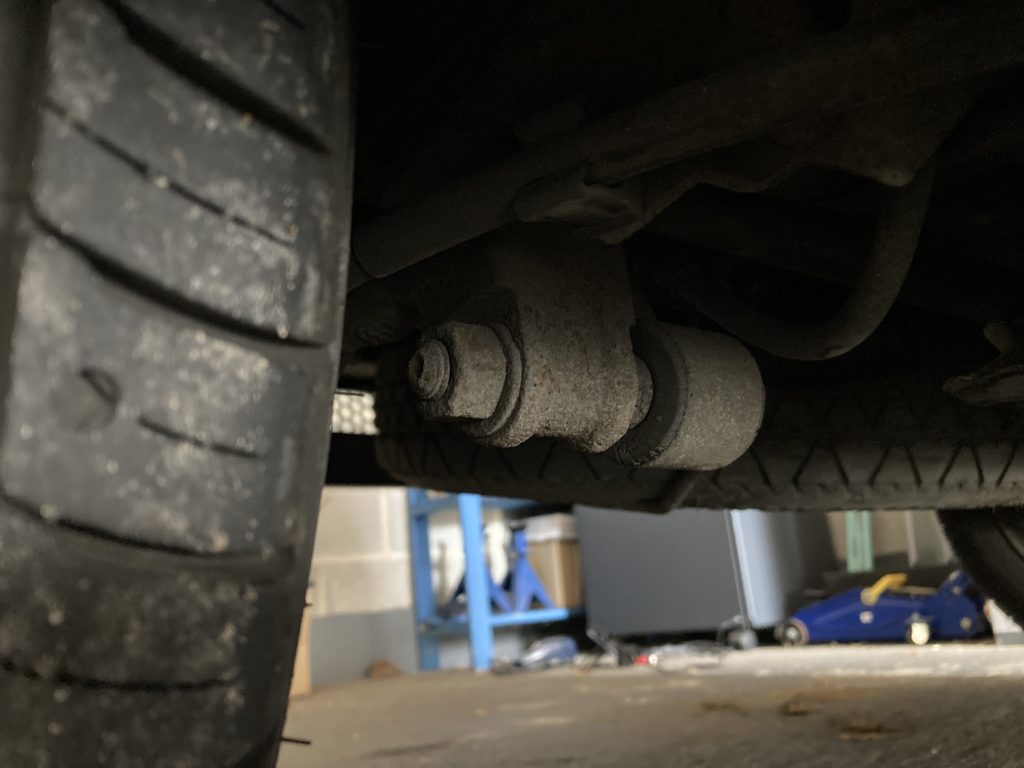
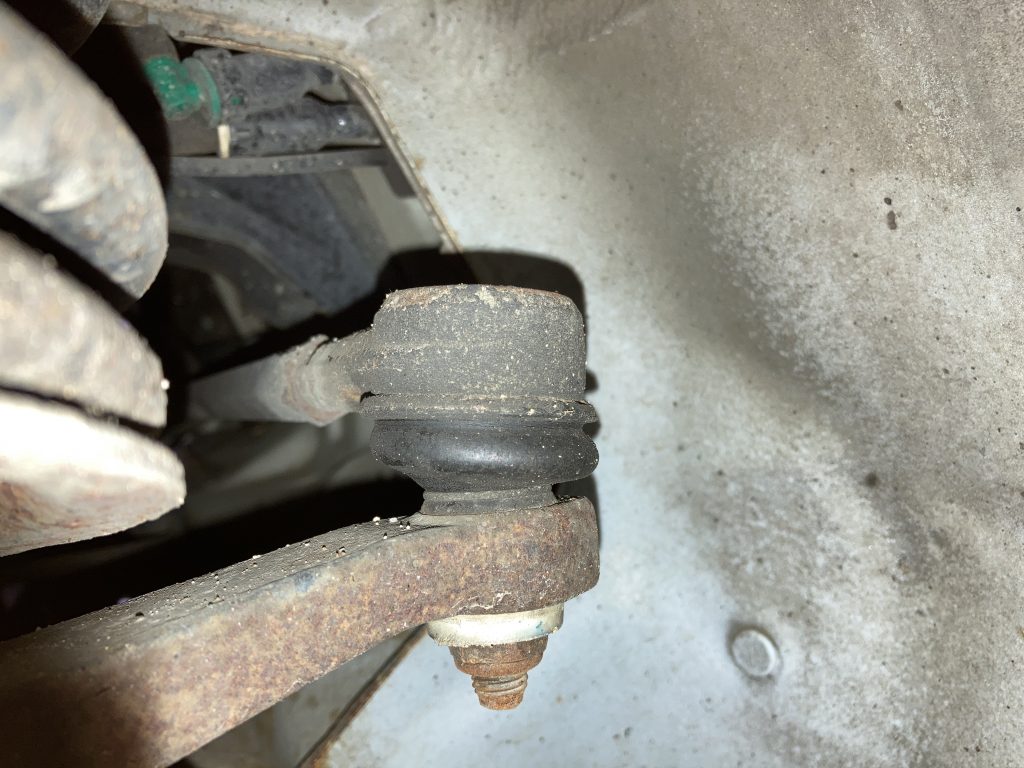
If your suspension is squeaking or knocking, there’s a good chance some of your bushes are worn. While they’re not quite as vital as swapping out worn dampers, bushes have a large effect on noise, vibration and harshness characteristics (NVH), as well as influencing the accuracy of your car’s tracking and suspension movement.
Sometimes a squirt of silicone grease can silence a squeaky bush, but if the bush has deteriorated enough that it’s no longer correctly locating its attendant suspension component, then it’s time for a change. You’ll be amazed how precise, quiet, and all-of-a-piece a car can feel with new bushes.
DIY-ability: This one’s within the grasp of a home mechanic with a bit of time on their hands and a press tool, though how much time depends on the car: a full set on a car with say, double-wishbones all round and anti-roll bars at both ends can be both expensive and time-consuming. Some bushes aren’t designed to be pressed out of their fittings, either (such as those on track rod ends) – so sometimes you’ll need a whole new part with the bushes already installed.
Spark plugs
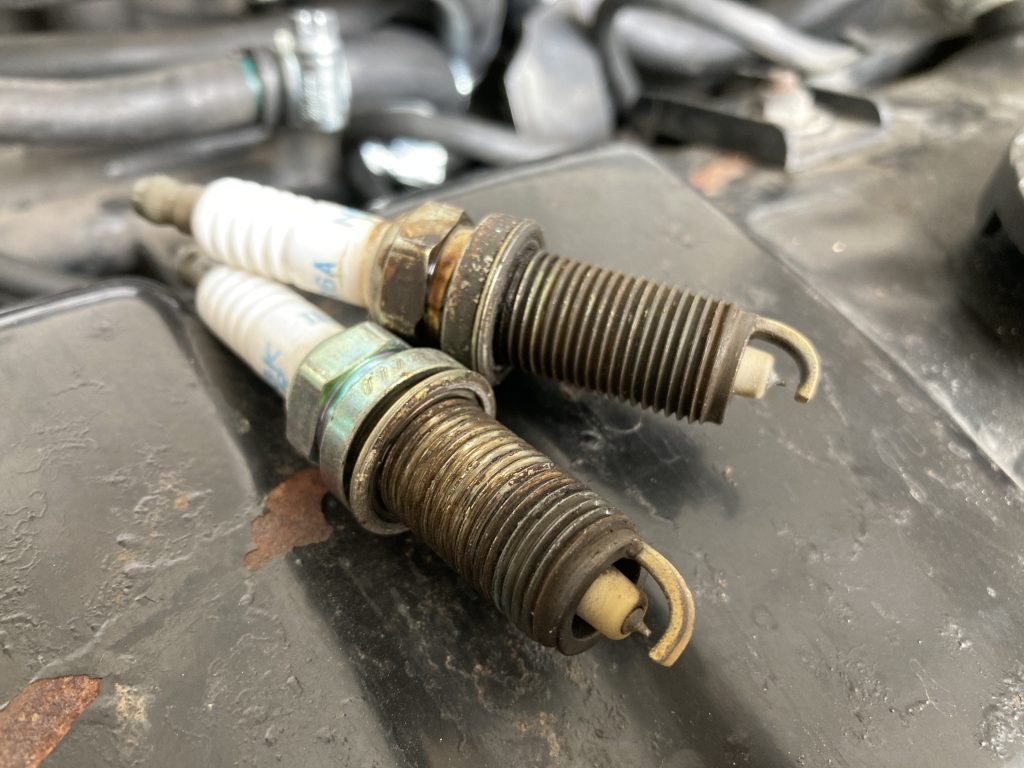
A petrol engine needs air, fuel, and a spark. Changing an air filter is probably the easiest DIY job on a car, but it’s rare a car will run terribly unless the filter is dramatically clogged. Fuel issues can be trickier to diagnose, so aren’t usually the work of a momentary check or five-minute fix.
Spark though? That’s an obvious starting point for keeping an engine running as it should, and maybe refreshing a motor that needs a bit of love. A set of plugs, correctly gapped and in the correct heat range for your engine, plus some new HT leads, will ensure that, providing your ignition system is also up to snuff, you’ll be maximising the chances of the fuel combusting as it should.
DIY-ability: Some engines make this theoretically easy job quite difficult (modern flat engines, rotaries, and the rear bank of transverse V6s all compromise access) but otherwise all you need is a good spark plug socket, some new plugs, and hope that the previous person hasn’t over-tightened the last set. Oh, and use a vacuum or compressed air to clear the plug chambers before you remove them, to avoid dropping loose muck down into the combustion chambers.
Carburettor tune-up
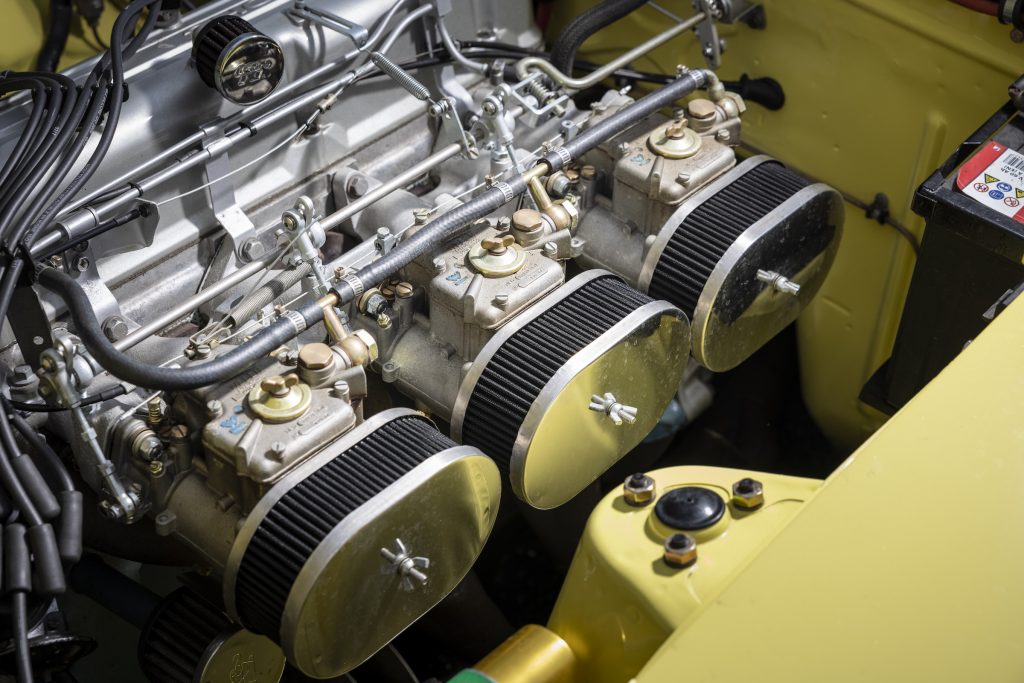
Consider this a catch-all for carbs or basic throttle-body injection, which should cover most classics and modern classics. Carbs can slip out of tune over time and throttle bodies can gunk up, depending on the emissions controls on your era of car, and either can cause anything from poor running to, in the case of badly-tuned carbs, not running at all.
Deposits in the throttle body of an injection car can affect throttle response and if they’re really mucky, can make for stutters and lumpy running, but can easily be perked up with a good clean. Carbs are more complex; a tweak with a screwdriver, or a new jet, or a full rebuild might be required, but a carb in fine fettle will instantly restore response, horsepower, and reliability.
DIY-ability: Cleaning a throttle body is easy; remove it, give it a good squirt of carb cleaner, and scrape deposits off the throttle butterfly and inner surface with a stiff brush. An idle tweak to a carb is straightforward too, and even a full rebuild is within the scope of a DIY mechanic with a bit of time – most carbs have rebuild kits out there with the relevant seals, floats, jets and screws.
Lights and wipers
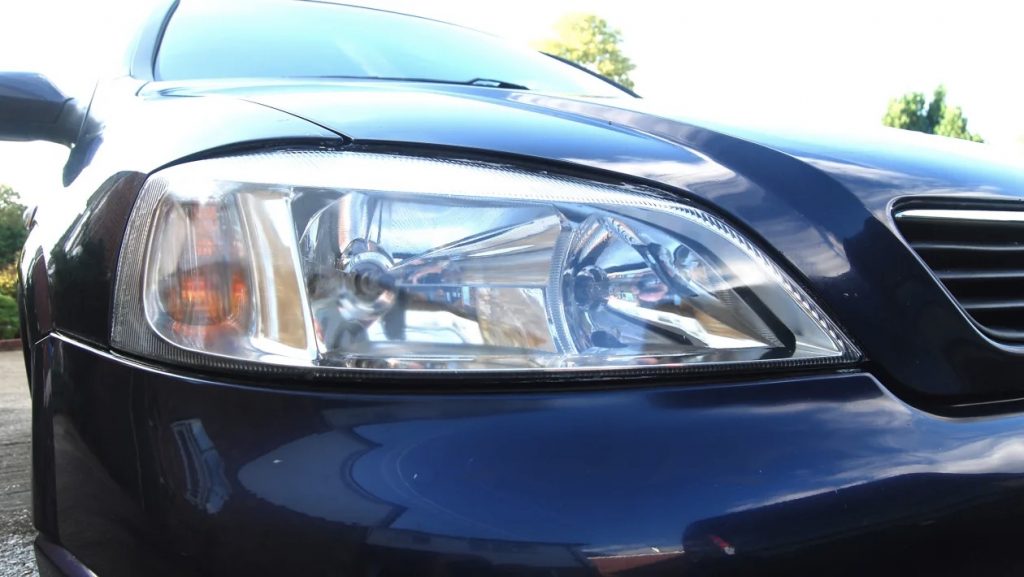
Being able to see is quite a significant factor in safe driving. Obvious, right? Yet it’s so simple that it’s easy to put off jobs like changing wipers, giving your screen a good clean, replacing old bulbs (even if they haven’t yet blown), or polishing headlights.
A clean wiper sweep and unblemished windscreen mean less glare day or night, and old bulbs do lose output over time, so you may see an instant improvement with new ones. Plastic headlight covers on modern classics can go cloudy too and polishing these up makes for a better light output and more defined beam pattern.
DIY-ability: Changing wiper blades is so simple your kids or grandkids could do it, and bulbs are easier on older classics too, though modern classics into the 2000s can involve a bit more faffing. Read Richard Tipper’s tips for getting a clear windscreen here, and we’ve tested headlight restoration products before too.
Check out the Hagerty Media homepage for daily news, features, interviews and buying guides, or better still, bookmark it. Or sign up for stories straight to your inbox, and subscribe to our newsletter.









